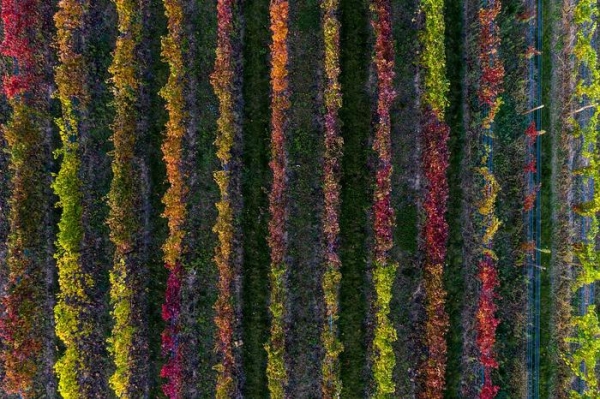Grapes grown to make wine are sensitive to climate conditions such as temperature and extreme drought.
Grapes grown to make wine are sensitive to climate conditions such as temperature and extreme drought. These effects are already visible worldwide on yields, the composition of grapes and the quality of wines, with already and soon-to-be-observed consequences on the geography of wine production. Understanding shifts in wine production potential due to climate change is a major scientific concern. Based on their expertise and a thorough analysis of the scientific literature — over 250 publications in the last 20 years – a research team has established a global map of evolving trends in the threats and potential benefits that climate change brings to existing and new winegrowing regions. They did so by studying the effects of changes in temperature, rainfall, humidity, radiation and CO2 on wine production and exploring adaptation strategies.
Winegrowing regions are primarily located at mid-latitudes where the climate is warm enough to allow grape ripening, but without excessive heat, and relatively dry to avoid strong fungal disease pressure. Rises in temperature – one of the most emblematic symptoms of climate change – accelerate vine development and the early ripening of grapes during the hottest periods in the summer. Harvesting in most vineyards now begins two to three weeks earlier than it did 40 years ago, with effects on grapes and the resulting styles of wines. Temperature increases, for example, can change how a wine tastes if grapes lose acidity, increase wine alcohol, and modify aromatic signatures. On a global scale, climate change could reduce growable surface area in current wine regions and increase it in others.
Read more at: INRAE - National Research Institute for Agriculture, food, and Environment
Photo Credit: INRAE - Laurent Guichardon




